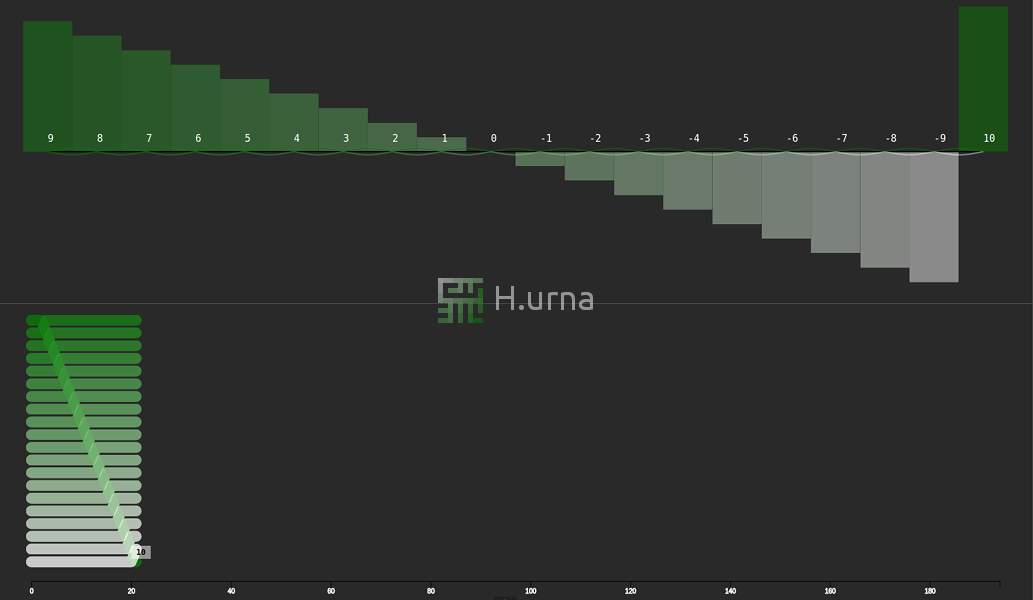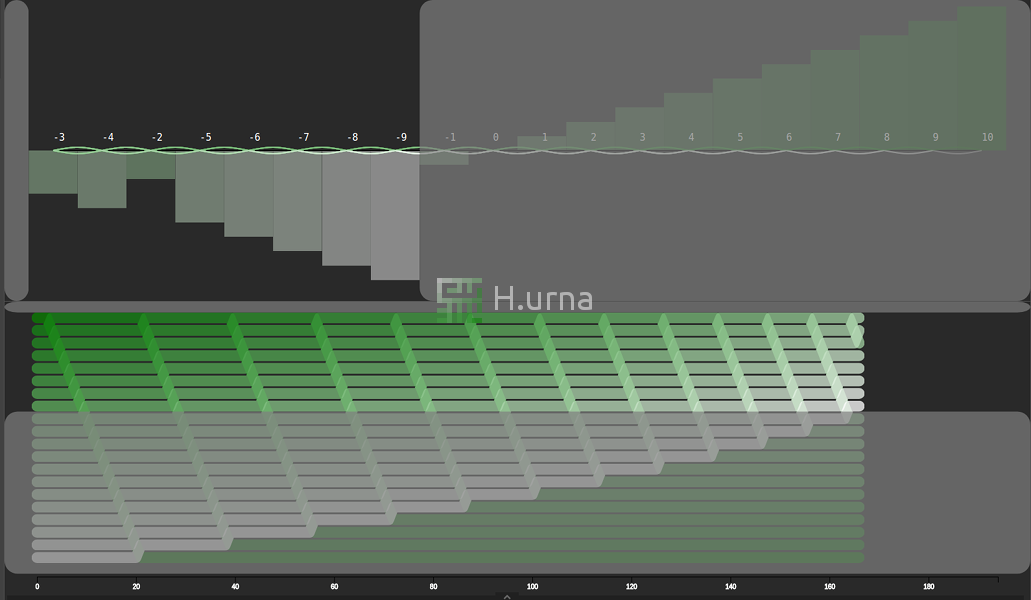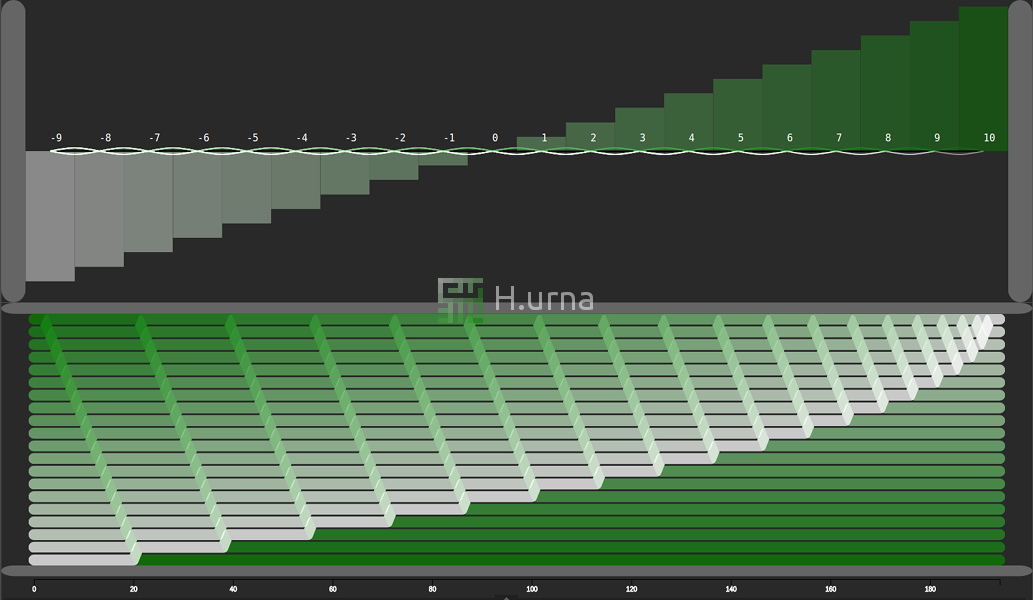Quick Access
How To Build
Bubble sort, sometimes referred to as sinking sort, is a well-known sorting algorithm. Its primary application is to make an introduction to computer sciences.
The algorithm Compare each pair of adjacent elements from the beginning of a sequence and, if they are in reversed order, swap them: more significant elements are "bubbled" down in the sequence. The pass through the list is repeated until no swaps are needed: it indicates that the list is sorted.
Another way of thinking of this sorting algorithm is:
The larger values might be regarded as more massive and therefore be seen to sink to the bottom of the list progressively.
Steps
- While there is swap needed:
- 1. Compare each pair of adjacent elements from the beginning of an array and, if they are in reversed order, swap them.
- 2. If no swap made, then stop: we are done (optimization).
- 3. Remove the current last element from the possible comparison (optimization).
Code
void BubbleSort (Iterator begin, Iterator end)
{
if (distance(begin, end) < 2)
return;
// Optimization: after each inner loop: the highest values already
// is at the end of the array (reduce next loop to n-i).
auto endIdx = -1;
// Optimization: if no swaps needed, it indicates that
// the list is sorted.
bool hasSwapped;
// For each pair of elements - bubble the greater up.
// Then reduce the end to end - 1
for (auto it = begin; it < end - 1; ++it, --endIdx)
{
hasSwapped = false;
for (auto curIt = begin; curIt < end + endIdx; ++curIt)
if (Compare(curIt, (curIt + 1)))
{
swap(curIt, (curIt + 1));
hasSwapped = true;
}
// Stop if no swap needed
if (!hasSwapped)
break;
}
}
Visualization
Complexity
Reminder
Useful mathematical theorems:
$$\sum_{i=0}^{n-1} n = n(n-1)$$ $$\sum_{i=0}^{n-1} i = \frac{n(n + 1)}{2} - n = \frac{n(n - 1)}{2}$$ $$\sum_{i=0}^{n-1} (n+i) = \sum_{i=0}^{n-1} n + \sum_{i=0}^{n-1} i$$Time
Best
The best configuration occurs when all elements are already sorted. Consequently, we have to go through the first sequence only once: O(n).
Average / Worst
The worst case O(n2) occurs when the sequence is in reverse order. First, the highest value is bubbled down until the end; then the second highest value bubbled down until end - 1, etc.
Sequences
$$a_0 = n$$ $$a_1 = n - 1$$ $$a_2 = n - 2$$ $$...$$ $$a_i = n - i$$
Computation
$$S(n) = \sum_{i=0}^{n-1} (n-i)$$ $$S(n) = \sum_{i=0}^{n-1} n - \sum_{i=0}^{n-1} i$$ $$S(n) = n(n - 1) - \frac{n(n - 1)}{2}$$ $$S(n) = \frac{n(n - 1)}{2}$$ $$S(n) = k(n^2 - n)$$ $$S(n) \approx O(n^2)$$
Space
Bubble Sort does not use any buffer nor does make any recursion. Thus, it requires O(1) space in all case.

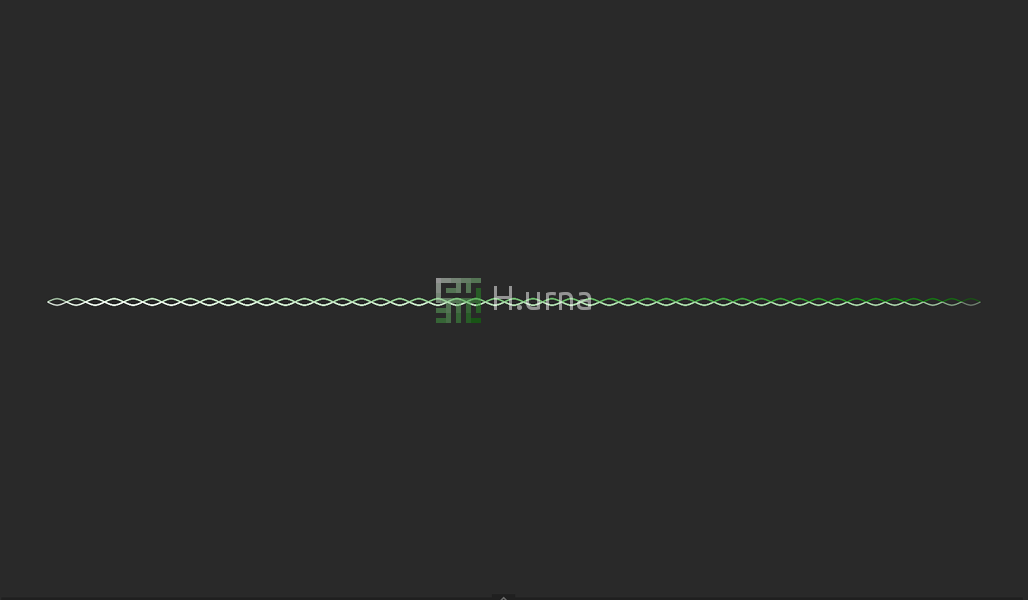
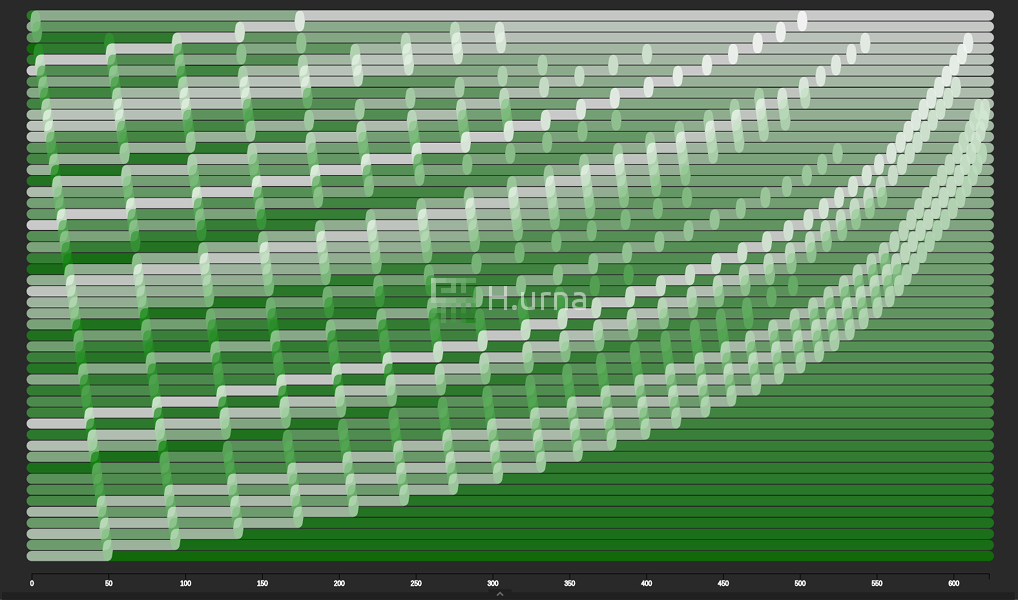


 Play online
Play online
 C++ Source Code
C++ Source Code
